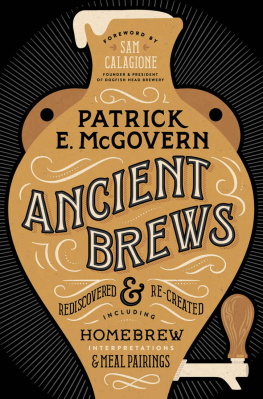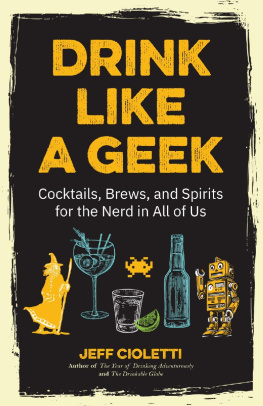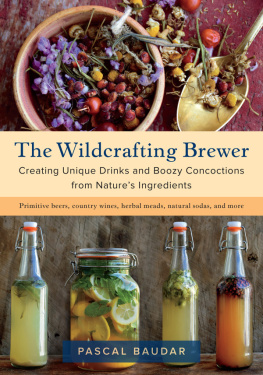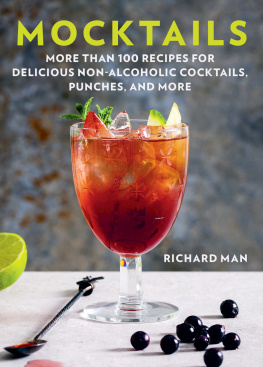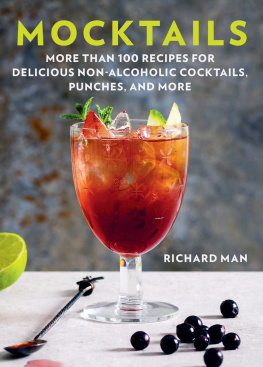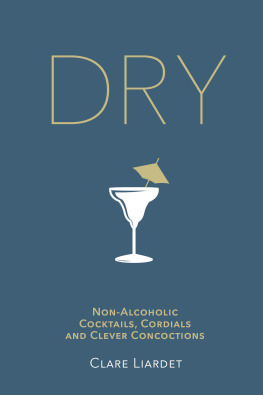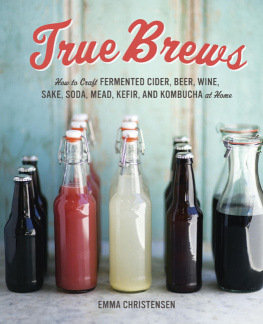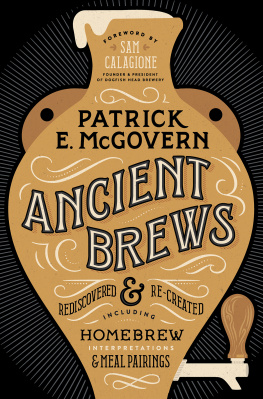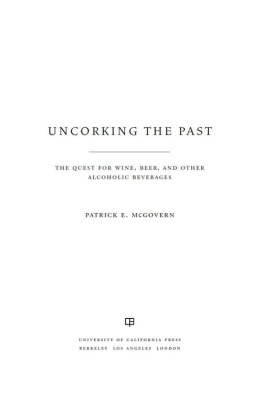Calagione Sam - Ancient Brews: Rediscovered and Re-Created
Here you can read online Calagione Sam - Ancient Brews: Rediscovered and Re-Created full text of the book (entire story) in english for free. Download pdf and epub, get meaning, cover and reviews about this ebook. City: New York, year: 2017, publisher: W. W. Norton & Company, genre: Home and family. Description of the work, (preface) as well as reviews are available. Best literature library LitArk.com created for fans of good reading and offers a wide selection of genres:
Romance novel
Science fiction
Adventure
Detective
Science
History
Home and family
Prose
Art
Politics
Computer
Non-fiction
Religion
Business
Children
Humor
Choose a favorite category and find really read worthwhile books. Enjoy immersion in the world of imagination, feel the emotions of the characters or learn something new for yourself, make an fascinating discovery.
- Book:Ancient Brews: Rediscovered and Re-Created
- Author:
- Publisher:W. W. Norton & Company
- Genre:
- Year:2017
- City:New York
- Rating:4 / 5
- Favourites:Add to favourites
- Your mark:
Ancient Brews: Rediscovered and Re-Created: summary, description and annotation
We offer to read an annotation, description, summary or preface (depends on what the author of the book "Ancient Brews: Rediscovered and Re-Created" wrote himself). If you haven't found the necessary information about the book — write in the comments, we will try to find it.
One of Smithsonian Magazines Ten Best Books of the Year about Food
A Forbes Best Booze Book of the Year**
Interweaving archaeology and science, Patrick E. McGovern tells the enthralling story of the worlds oldest alcoholic beverages and the cultures that created them. Humans invented heady concoctions, experimenting with fruits, honey, cereals, tree resins, botanicals, and more. These liquid time capsules carried social, medicinal, and religious significance with far-reaching consequences for our species. McGovern describes nine extreme fermented beverages of our ancestors, including the Midas Touch from Turkey and the 9000-year-old Chateau Jiahu from Neolithic China, the earliest chemically identified alcoholic drink yet discovered. For the adventuresome, homebrew interpretations of the ancient drinks are provided, with matching meal recipes.
**
ReviewAn extraordinary, globe-trotting journey through the remarkable history of our ancient connection with alcohol.
- Amy Stewart, author of *The Drunken Botanist*
Thanks to Dr. Pats research, beer is a gateway to discovery for armchair historians and bold homebrewers alike.
- Courtney Cox, *BeerAdvocate*
If you ever wondered what might happen when Americas most adventurous brewer and a molecular archaeologist whose love of extreme beverages extends across ten millennia begin fiddling together, this is the book for you! Great storytelling, as ancient brews live again!
- Roald Hoffmann, winner of the Nobel Prize in Chemistry
McGoverns mix of gee-whiz science and thoughtful historical context makes Ancient Brews a refreshing read.
- Kevin Begos, *Associated Press*
A very enjoyable book that would intrigue anyone interested either in archaeology or beer.
- Martin Morse Wooster, *Mid-Atlantic Brewing News*
Of interest to home brewer and historian alike.
- Benjamin Shull, *Wall Street Journal*
This book is worth reading now and well into the future.
- Jon Page, *All About Beer*
Fourier transform infrared spectroscopy has rarely been put to headier use.
- Barbara Kiser, *Nature*
One might assume not much Venn exists between diagrams of beer and archaeology. One would be wrong. Learning what we drank and why makes for a superb adventure. Dr. PatAmericas foremost barstool archaeologistis back from the trenches to entertain, educate, and quench your thirst. Pull up a barstool!
- Wayne Curtis, author of *And a Bottle of Rum: A History of the New World in Ten Cocktails*
About the Author
Patrick E. McGovern is the scientific director of the Biomolecular Archaeology Project for Cuisine, Fermented Beverages, and Health at University of Pennsylvania Museum and an adjunct professor of anthropology. He and Sam Calagione, founder of Dogfish Head Brewery, collaborated on the series of Ancient Ales and Spirits.
Calagione Sam: author's other books
Who wrote Ancient Brews: Rediscovered and Re-Created? Find out the surname, the name of the author of the book and a list of all author's works by series.

